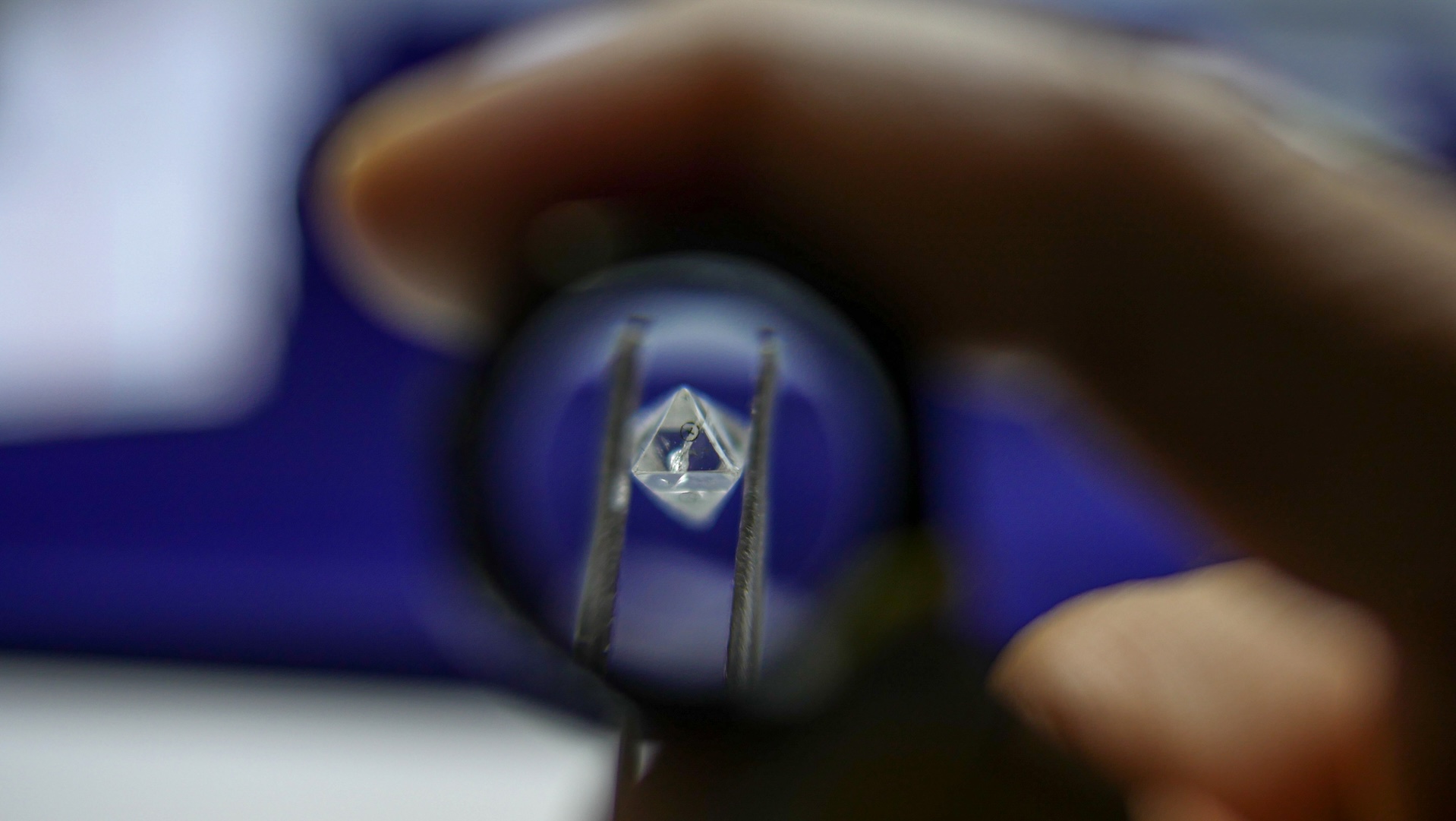Materials, Vol. 17, Pages 2084: Temperature-Induced Variations in Slip Behavior of Single Crystal Aluminum: Microstructural Analysis
Materials doi: 10.3390/ma17092084
Authors: Cheng Tang Dongfeng Shi Jin Zhang
The simultaneous increase in strength and plasticity of aluminum and its alloys at cryogenic temperatures has been shown in previous research, but the deformation mechanism was still unclear. Therefore, the purpose of this investigation was to reveal the relationship between slip behavior and mechanical response at low temperatures. A quasi-in situ scanning electron microscope was used to observe the evolution of slip bands in the selected aluminum single crystals with two typical orientations at 25 °C, −100 °C, and −180 °C. The results showed that irrespective of orientation, the density of the slip plane was increased with the decline in temperature, which inhibited slip localization and significantly improved plasticity and work hardening. In detail, at RT, the slip bands were widening until the micro-cracks were generated, causing early failure during deformation. When the temperature was decreased to −180 °C, the slip plane density was increased, and the deformation was more homogenous. Moreover, the slip mode was influenced by orientation and temperature. In particular, a single slip system was activated in the sample with the [112] orientation at all the temperatures investigated. Multiple slip systems were found to activate at 25 °C and −100 °C, and only the primary slip system was activated in the sample with [114] orientation at −180 °C. These findings deepen the understanding of slip behavior at cryogenic temperatures, providing new insights into the deformation mechanism of aluminum and its alloys.

 3 weeks ago
13
3 weeks ago
13


